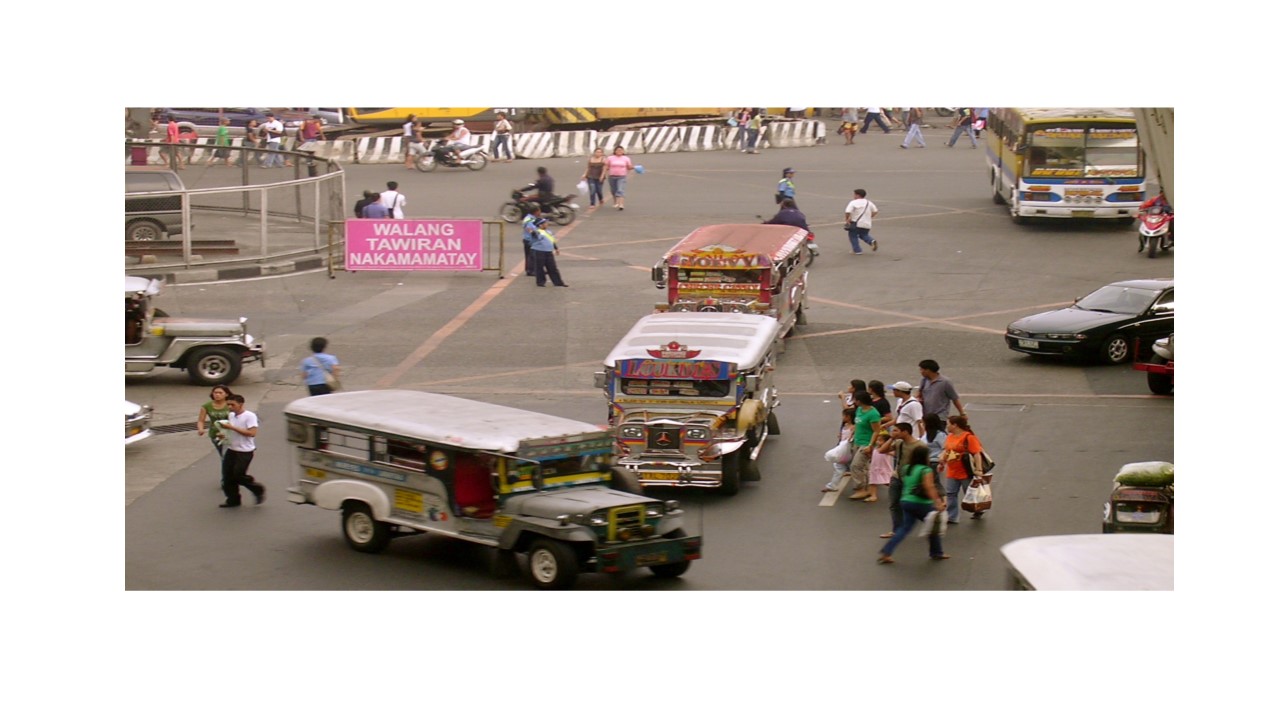
Data show that too few motorists wear seat belts. This means that too many risk serious injury and death in the event of a road crash.
Imagine that you are in a car that crashes at 50 kilometers per hour. If you’re not wearing a seat belt, your body would feel the same force of impact as someone hitting the ground after falling from a four-story building.
Could you brace yourself before the crash? No. That would be like diving off the balcony of a four-story building and expecting to land on the sidewalk in the pushup position.
Thanks to Nils Bohlin, you need not attempt this impossible task. Bohlin was the Volvo engineer who came up with the three-point seat belt in 1959. His invention is effective because of the following reasons:
- The seat belt distributes the force of a crash to some of the strongest parts of the body—the chest and pelvis.
- It keeps car occupants from being thrown against the interior of the car, such as the windscreen or dashboard.
- It restrains passengers from hitting other car occupants.
- It keeps them from being ejected from the car.
Since 1959, the seat belt has saved countless lives worldwide. No wonder it is considered “possibly the most effective safety device ever invented.”
Why then are too few motorists in the country buckling up? In 2016, Republic Act (RA) 8750, or the Seat Belts Use Act of 1999, was the most violated traffic law in the land, says lawyer Roberto Valera, head of the traffic safety department at the Land Transportation Office.
For failing to wear the prescribed seat belt device and allowing a child who is 6 years and below to sit in the front passenger seat, a driver of a private vehicle will be fined ₱1,000 for the first offense, ₱2,000 for the second offense and ₱5,000 for the third offense.
In addition, the driver’s license will be suspended for a period of one week from the payment of the fine, for the third and each succeeding offense, states Joint Administrative Order No. 2014-01.
For drivers of public utility vehicles who fail to require passengers to wear the prescribed seat belt device, the penalties are steeper. Both the driver and the operator are liable to pay a fine of ₱3,000 for every violation.
“LTO derived ₱80 million pesos in penalties last year," from violations of the seat belts use law, says Valera. The penalties were remitted to the Department of Budget and Management.
Buckling up has not become a habit in the Philippines. In 2010, 19.58% of injured car occupants were wearing a seat belt at the time of the road crash. In 2016, though, that figure dropped to 2.91%. This is what data from the Department of Health’s Online National Electronic Injury Surveillance System (ONEISS) show.
The coverage of the ONEISS is limited. In the last quarter of 2016, only 17.2% of the 2,064 hospitals in the country fed data to the system. Still, the trends from 2010 to 2016 are worrisome.
The problem, Valera says, is that many people fail to realize the dangers of not wearing a seat belt. They also do not know what the law stipulates.
“Mothers seat their children in their laps and then sit in the front seat so that their husbands won’t look like drivers,” he says. The mother may be wearing a seat belt; but RA 8750 prohibits children aged 6 years and below from sitting in the front seat.
Many motorists also do not know that RA 8750 requires everyone in the car—front and rear seat passengers alike—to buckle up.
The LTO is looking for ways to allot some of the penalties from violations of RA 8750 to an information campaign. “We want people to know that wearing a seat belt is not only a requirement of the law,” says Atty. Valera. “We are advocating seat belt wearing to protect you.”
At the end of the day, the seat belt is simple, effective, and can be put on conveniently with one hand. So what’s stopping you from buckling up?




